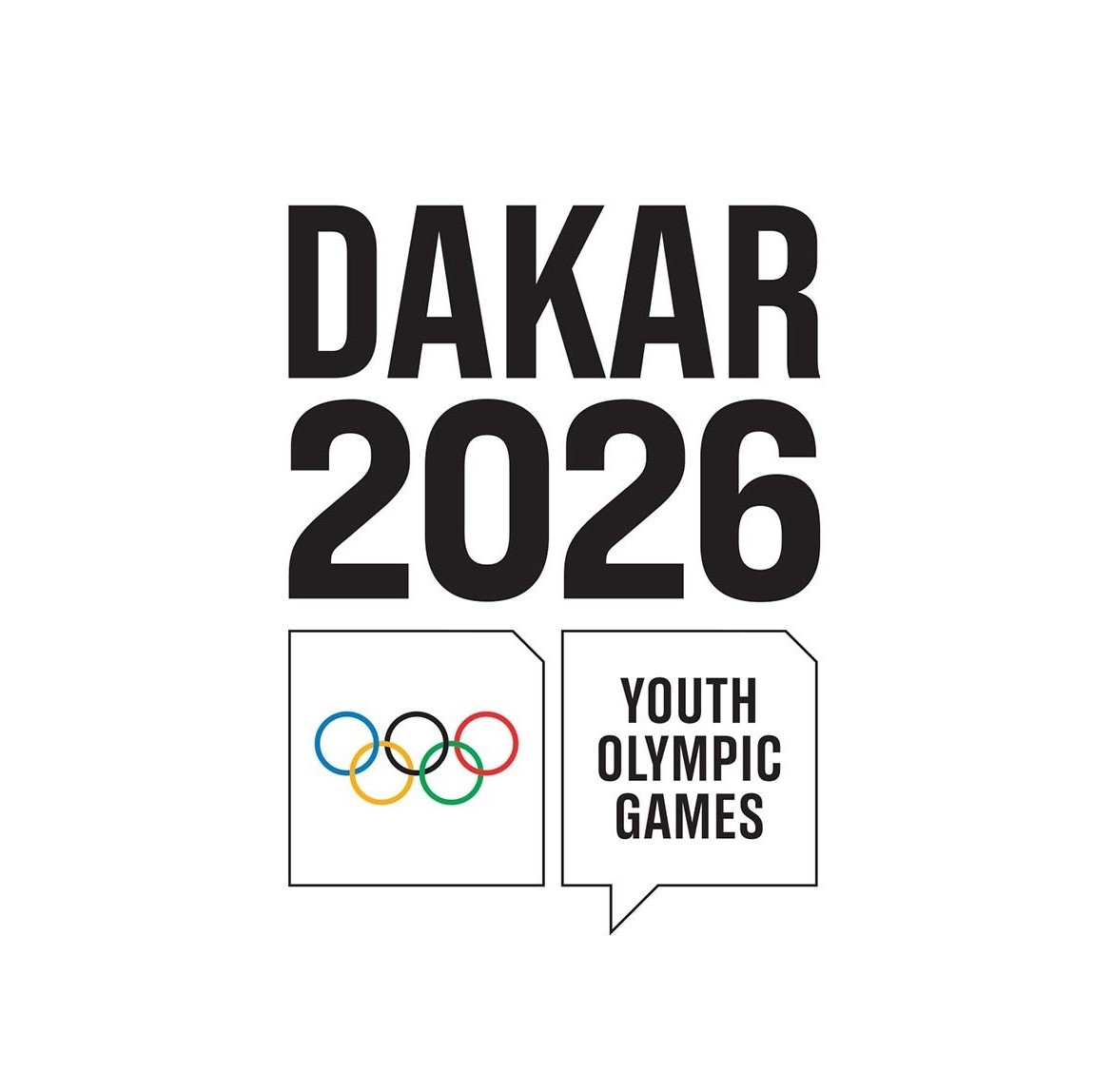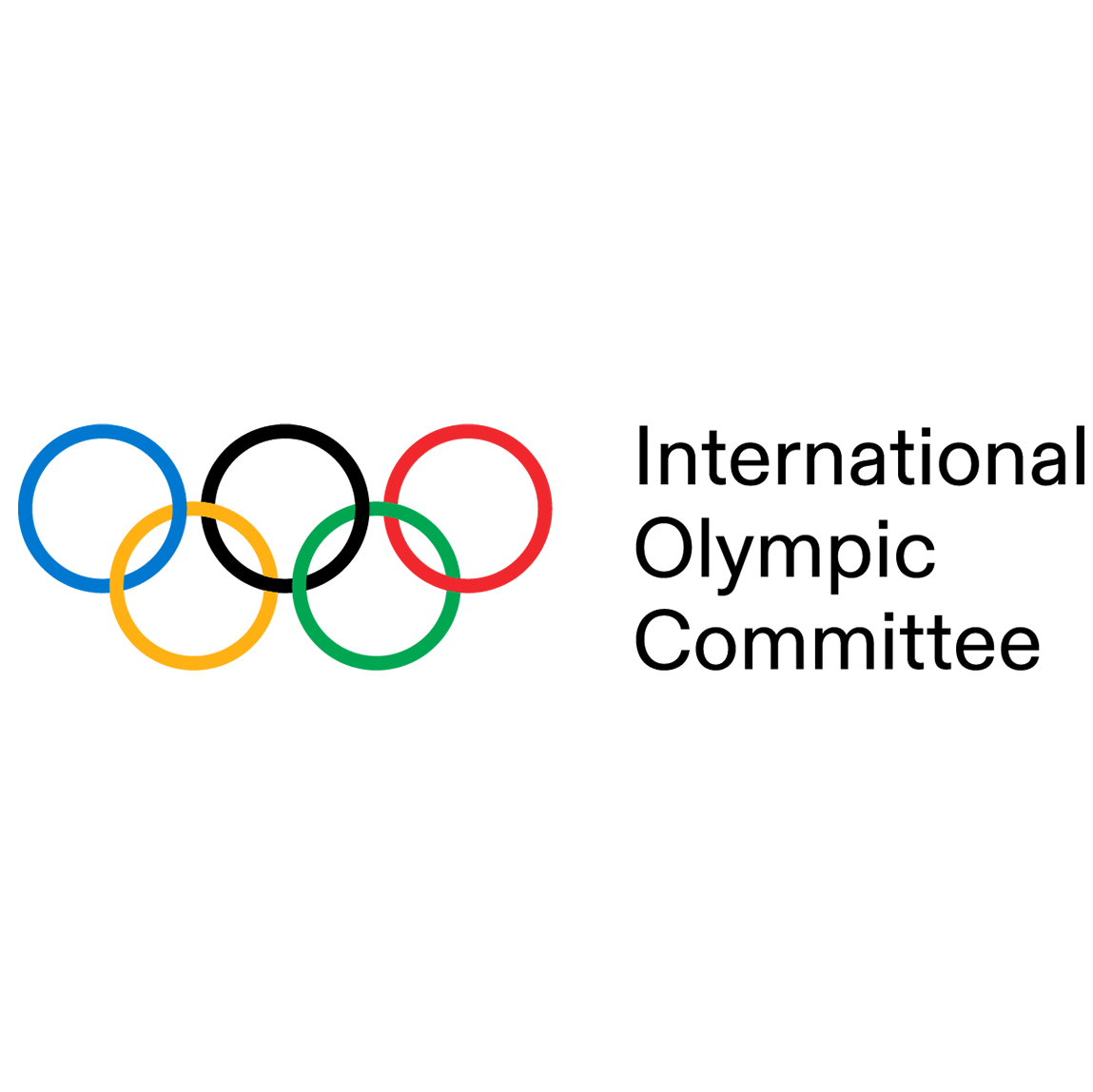
Sport pictograms for Tokyo 2020 unveiled
The Tokyo Organising Committee of the Olympic and Paralympic Games (Tokyo 2020) unveiled official Olympic and Paralympic kinetic sport pictograms, the first time in the history of the Olympic and Paralympic Games that these have been created. There are a total of 50 pictograms covering 33 Olympic sports and 23 covering 22 Paralympic sports. Their innovative designs aim to reflect the modern era symbolised by the year 2020 and enhance spectator enjoyment of events, both at venues and via TV broadcasting to national and global audiences.
Static sport pictograms were first introduced at the Tokyo 1964 Games, and arose from a need to communicate visually with an increasingly international group of athletes and spectators. The Tokyo 2020 sport pictograms, unveiled in 2019, are designed to subtly communicate the characteristics and athleticism of each sport, as well as artistically highlight the dynamism of the athletes. The new kinetic sport equivalents honour the legacy of past Olympic and Paralympic Games, while emphasising that the Tokyo 2020 Games will be the most innovative Games ever.
In order to reproduce the original pictograms dynamically, the Tokyo 2020 kinetic sport pictograms appear as a series of three movements: appear, static, and disappear. These recreate the three-dimensional movement of athletes in two dimensions, and are able to express more dynamic movements such as twists. Japanese motion designer Kota Iguchi oversaw the development of the kinetic sport pictograms.
He commented, “For the first time in the history of Olympic and Paralympic Games, we have taken on the challenge of animating the sports pictograms. It took more than a year to create them, with input from so many people helping us add movement to the static pictograms, which were developed by a team led by graphic designer Masaaki Hiromura. The new kinetic sport pictograms will broaden the appeal of each sport by means of their beautiful and more easily conveyed expressions. I hope that they will brighten up each of the events and, while a creation of the Tokyo 2020 Games, I hope they will be passed on to future Games as a legacy for the future, as well as inspiring video designers in other countries.”

























